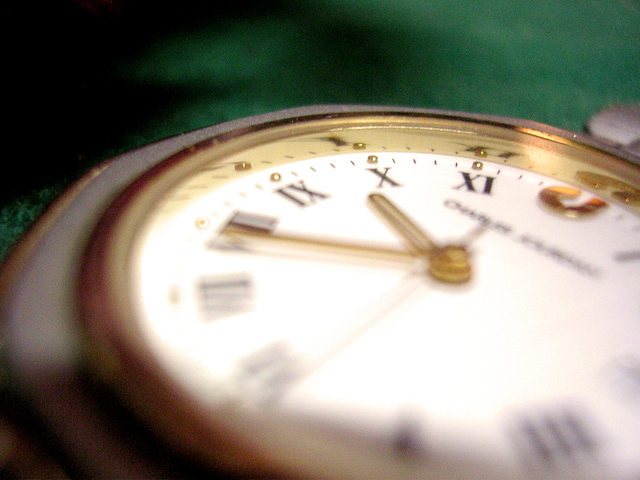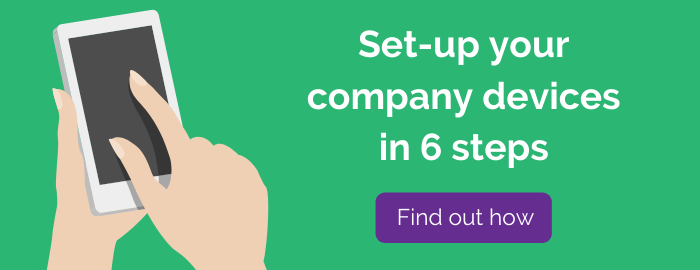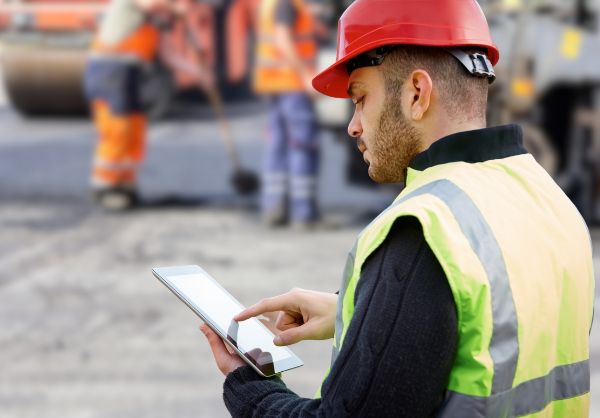
There’s one thing you can rely on from the world of technology - it will always be yelling about the next ‘big thing’. It’s always something that’s ‘revolutionary’ - that’s much, much better than what we already have.
And many times - it is.
It’s something that can improve the way we live our lives, like smartphones or sat nav technology. But other times, the hype clears to reveal a ‘game changer’ we don’t really need… here’s looking at you 3D TV.
So what’s the score with one of the latest ‘next big things’ - wearable technology?
If the media buzz is to be believed, our smartphones and tablets will soon be gathering dust as shiny new smartwatches become our go-to gadgets.
Could this be the future for mobile working? Instead of carrying smartphones, will our mobile workers be able to access everything they need via a James Bond style wristwatch?
It’s something that MyMobileWorkers has been watching with interest. If there’s any tech that can help organisations to work more efficiently - we want to know about it.
But as it stands, it’s hard to make a convincing case for the benefits that smartwatches offer as a mobile workforce management tool. Here’s a look at some of the issues:
Small size of screen
Having a device which lets you quickly glance down at a screen works great when you just want to know the time. But it’s not so good if you’re a mobile worker in need of detailed info - whether it’s a job schedule, site plan or safety advisory.
It’s also liable to be more hazardous for driving with the mobile worker having to raise their hand to get a look at the tiny display. It’s much less distracting to use a properly mounted smartphone with a larger display.
Not a standalone device
The small size of a smartwatch limits what they’re able to handle. It means they’re not yet ready to fully replace our smartphones, instead they’re designed to work alongside them - a convenient way to receive notifications and messages.
So while a smartwatch may be lighter and more convenient than a handheld device - a mobile worker still needs to carry a connected smartphone. Until the technology advances, it a case of having two devices to do something which can currently be done with one.
Lack of functions
There are some basic functions that smartwatches are always going to struggle to provide. Very few of the current smartwatches provide a camera and it’s hard to see how well they could work when they are attached to a wrist.
The other difficulty comes with ways of inputting information on such a small device. There have been a number of attempts to provide an on-screen keyboards but the size of the screen makes it a real faff.
From a mobile working point of view, you also lose the ability to use the screen as a way for customers to provide a digital signature, a powerful feature of workforce management systems such as MyMobileWorkers.
They’re getting bigger
While most current smartwatches are lightweight and sleek devices, that’s not the direction the design seems to be heading. To try and squeeze more functionality into them, while maintaining a decent battery life, the watches are becoming bigger and chunkier.
This trade off between form and function could easily result in smartwatches becoming little more than wrist holders for smartphones - which maybe isn’t such a bad idea.
While the time may not be right for smartwatches, you find a smarter way to manage and monitor your mobile workers by checking out MyMobileWorkers.


